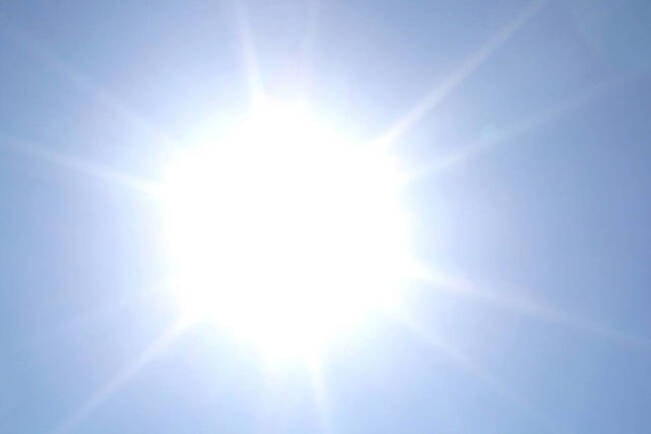Spring hardly sprung, and summer didn’t start with a sizzle. The heat is returning though, and with it, safety concerns associated with extreme weather.
In late June 2021, the region and much of the province was hit with a ‘heat dome’ of record-setting temperatures.
This year, things have been mild, but this week summer temperatures have returned, with even higher temperatures expected in the days leading up to the B.C. Day long weekend, according to Environment Canada.
This can pose problems, says regional district emergency planning co-ordinator Cari McIntyre. Last month, she appeared before Cumberland’s council to make a presentation about the area’s plans for extreme weather.
RELATED STORY: Cooling centres opened again around Comox Valley
RELATED STORY: A timeline of B.C.’s record-setting extreme heat event in June 2021
For most of Vancouver Island, heat warnings are given when there are two consecutive days that reach at least 29 C during the day and temperatures do not drop below 16 C overnight.
“It’s not just about the two consecutive days,” she said. “The more concerning temperature at that point is the overnight low.”
This can result in heat-related illness because people may not have time to recover from the high temperatures during the daytime. When the temperatures reach those temperatures during day and night, Environment Canada steps in.
“It would be considered a heat warning at this point, which different than a heat emergency,” McIntyre said, who added the health authority provides the leadership in the event of an emergency.
However, local and regional governments do put together localized responses, with input from agencies like Island Health and the BC Centre for Disease Control. This regional collaboration, McIntyre added, has been happening for some time, particularly during last year’s excessive heat followed by the extreme winter conditions.
“More and more, we’re having to deal with these types of emergencies due to climate change,” said Coun. Jesse Ketler, who also serves as chair of the regional district board.
While these authorities have provided cooling spaces, especially for people who are vulnerable when it comes to housing, McIntyre also stressed the need for people to keep an eye open for how others in their neighbourhood are doing when the temperatures rise.
“The message is neighbours checking on neighbours,” she said.
CVRD confirmed July 19 the Comox Valley Emergency Program is establishing cooling centres through the region. Once it finalizes the logistics of the plan, it will release information.
mike.chouinard@comoxvalleyrecord.com
Like us on Facebook and follow us on Twitter.
